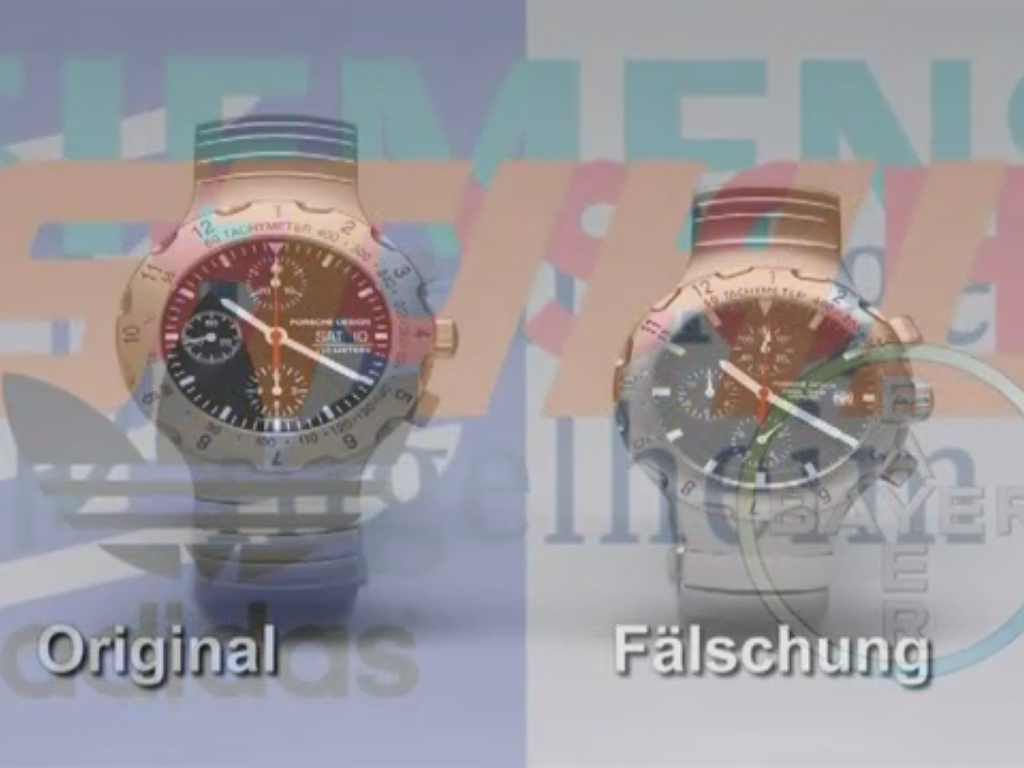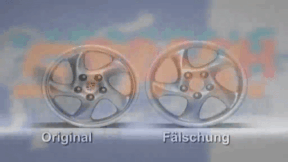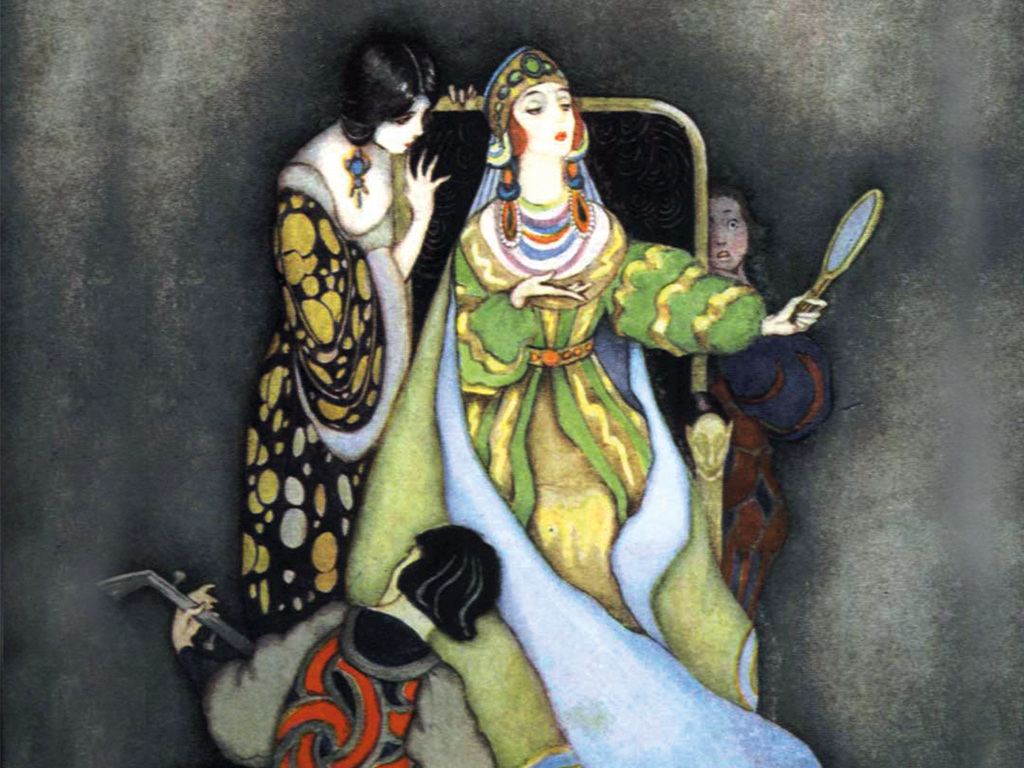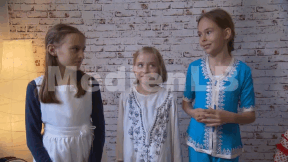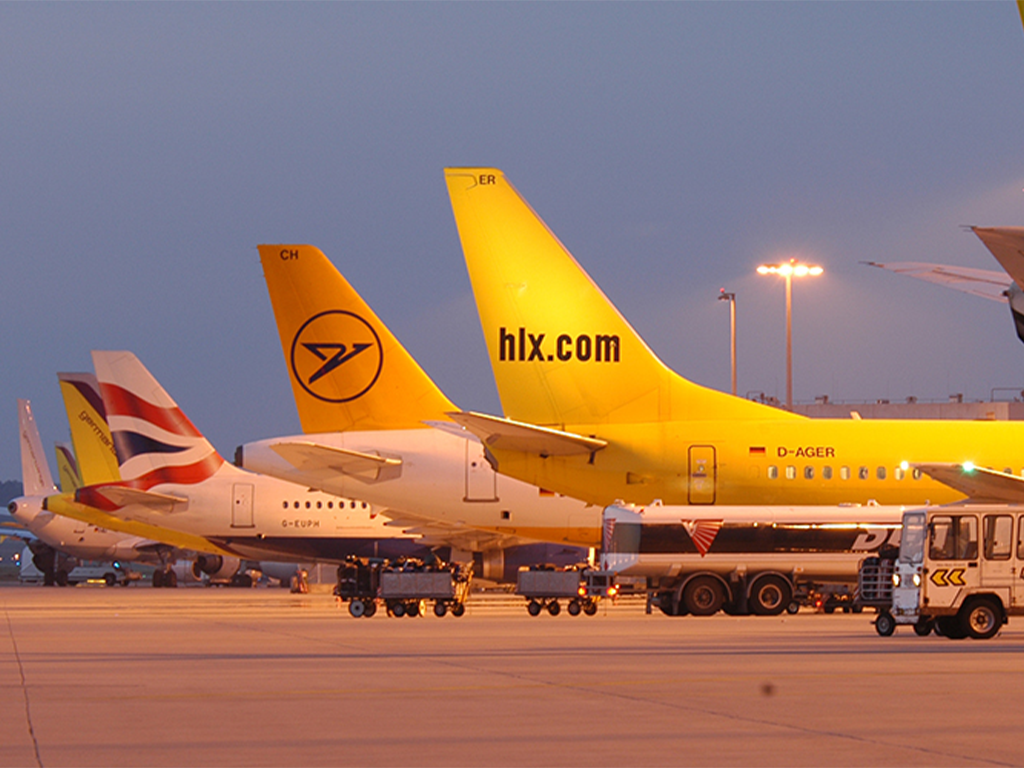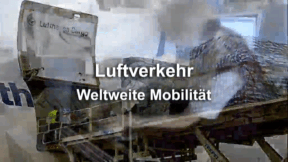 Physics
Physics
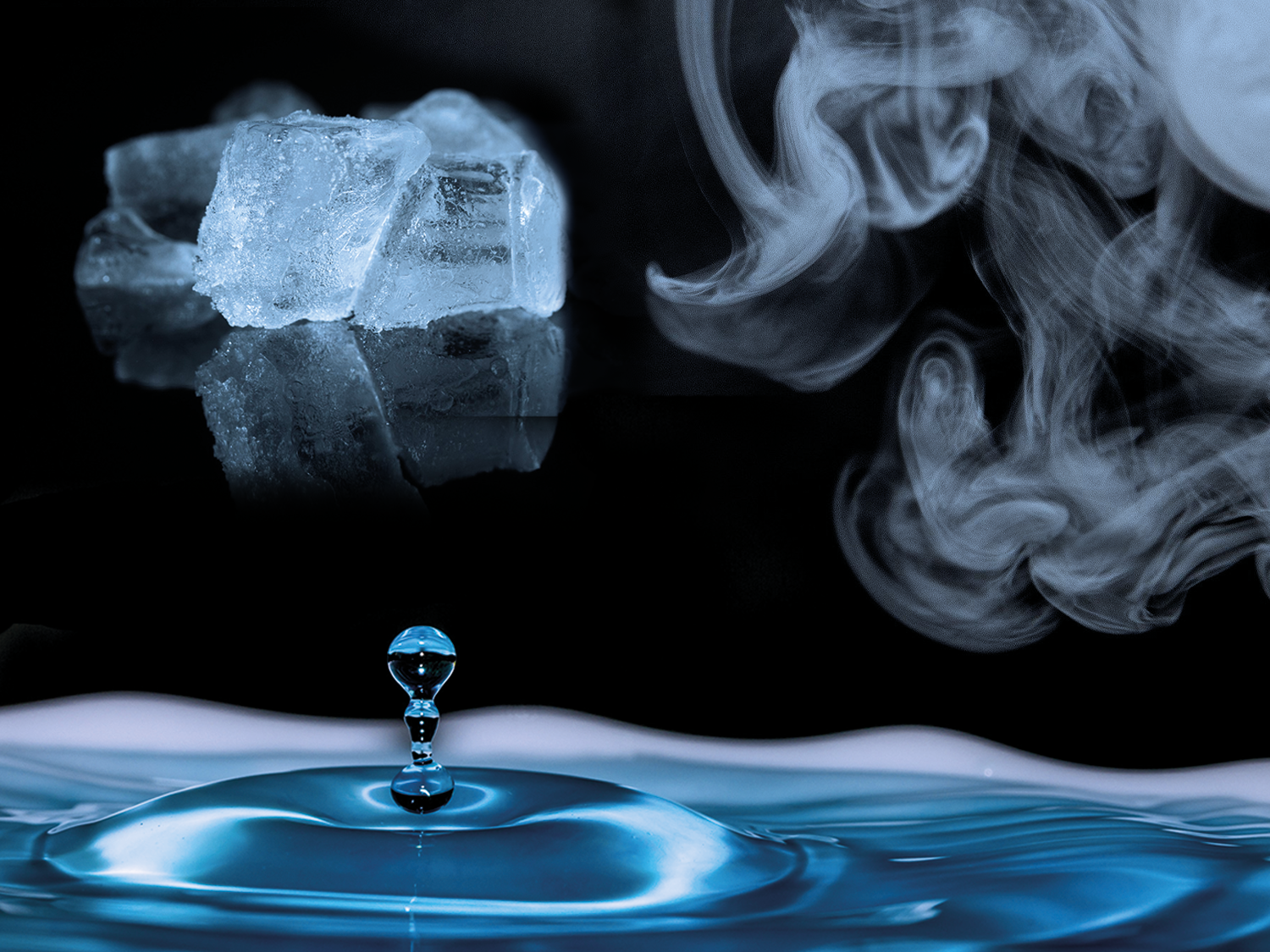
46503480 / 55502972
States of Aggregation
Solid, Liquid, Gaseous
It is winter. Snow and ice transform the landscape into a fairy tale scenery. At sub-zero temperatures, ice crystals form on branches and other objects. The snow cover is not always uniform but sometimes shows varied structures of snow and ice crystals as well. Snow is frozen rain, that is, precipitation falling from the clouds. Clouds, in turn, consist of gaseous water vapour which transforms into precipitation in certain conditions. Where the sun shines and temperatures rise again, snow and ice begin to melt. Thaw sets in, and snow and ice change into water again. But snow and ice can also exist simultaneously. Even at high minus temperatures, streams and rivers still carry water. On their banks, exciting ice formations can develop as a result. Stagnant waters, such as lakes and ponds, however, tend to freeze because the water in them hardly moves. The solid, liquid and gaseous states are the three classic aggregate states. We encounter the interplay between water vapour, liquid water and ice in many situations. Complex physical processes lie behind it. Let us take a closer look at them now.
Play trailer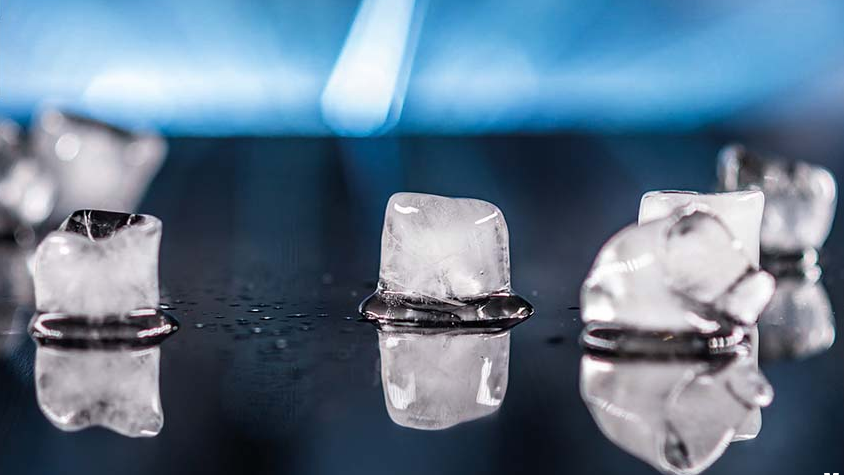
Curriculum-centred and oriented towards educational standards
Matching
Product Piracy
Counterfeiting takes place in almost all economic sectors – textiles, watches, car parts, machine parts, tools, accessories, software and medicines. Some counterfeits are easy to recognise, others are so well-executed that even experts have difficulty distinguishing between original and imitation. This DVD covers the development of a product from idea to manufacture. Once a product has become a trademark, product pirates appear on the scene.
Air Traffic
Being able to fly has been a dream of humanity from time immemorial. But it does not even date back a century that people actually started being able to travel through the air. Since the 1960s, the number of flight passengers has been constantly increasing. Thus, the airspace is no longer dominated by birds but by man-made flying objects.




